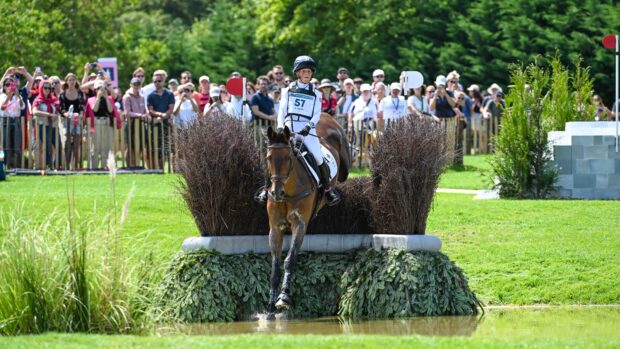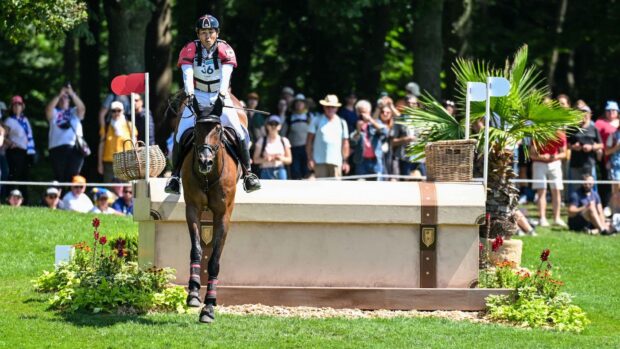Scientists from the Royal Veterinary College in Hertfordshire have discovered how the structure of a horse’s leg allows it to gallop and have published their findings in the latest issue of the journal Nature.
Although the horse’s limbs are primarily used to support bodyweight , the research carried out by Dr Alan Wilson and his team reveal that the horse’s non-elastic leg muscles used to protract the limb would barely allow it to trot, let alone gallop.
The study revealed that instead the horse uses a catch mechanism similar to a catapult to protract the limb. When the carpal joint buckles, the biceps releases a rapid burst of energy throwing the leg forward.
It is this catapult system (like that used by crickets and fleas to jump), which allow horses to gallop and move at speed.
The team spent a year studying the mechanics of the leg using motion analysis and mechanical engineering calculations.
“We are now beginning to understand the mechanics of locomotion in horses,” explains Dr Alan Wilson. “This in turn will allow us to understand the mechanical limitations of horses, as well as understanding and preventing tendon and other injuries.”




